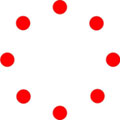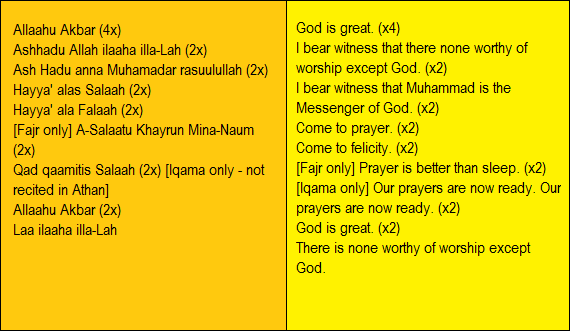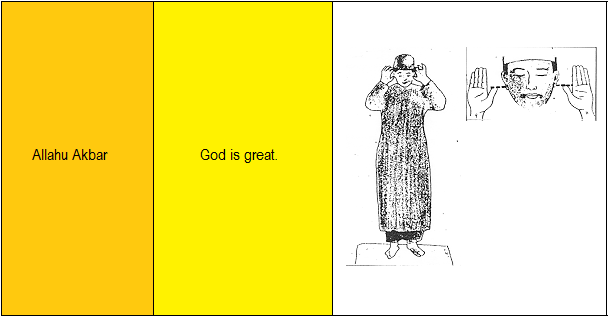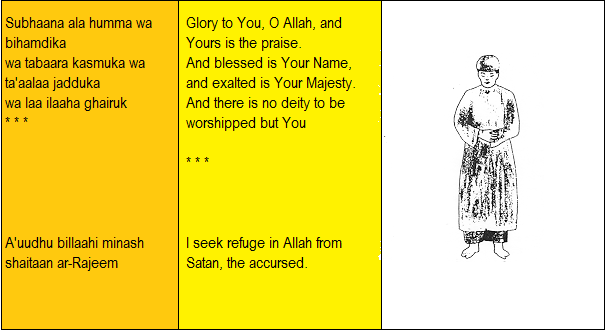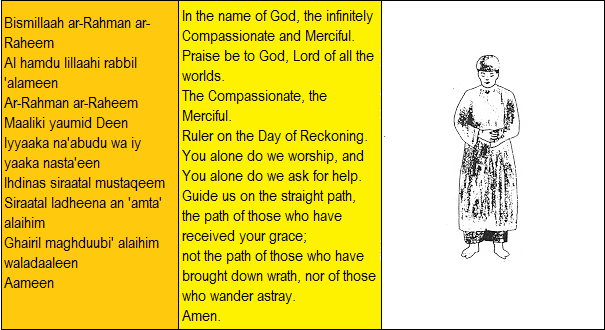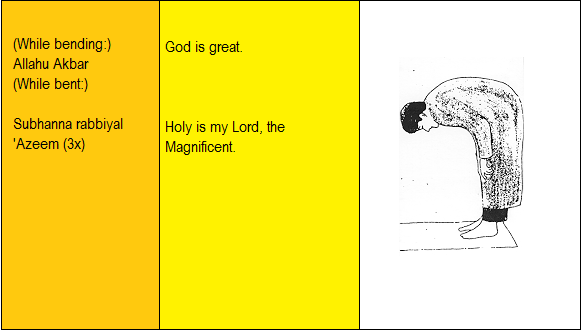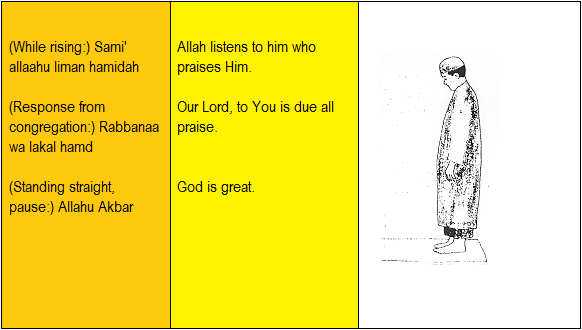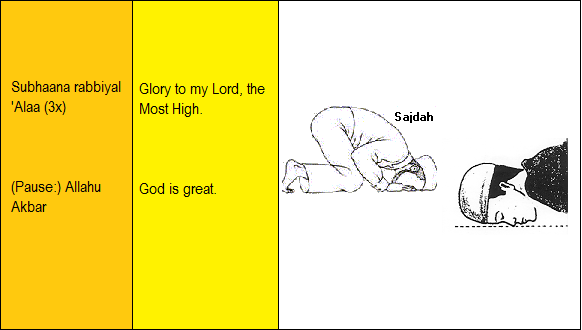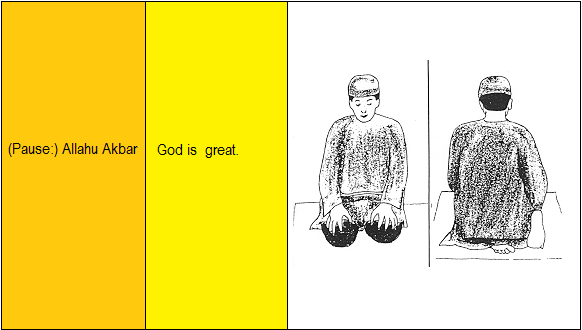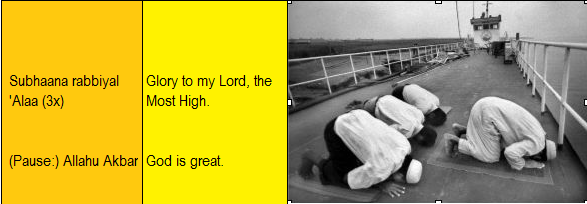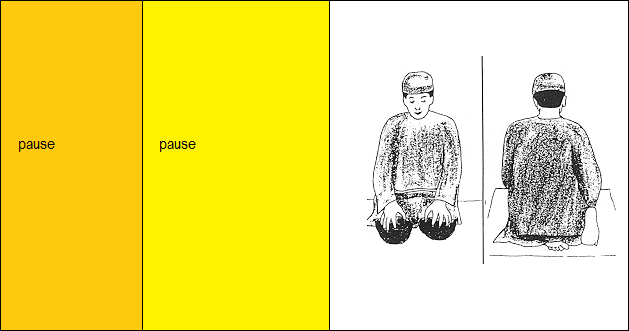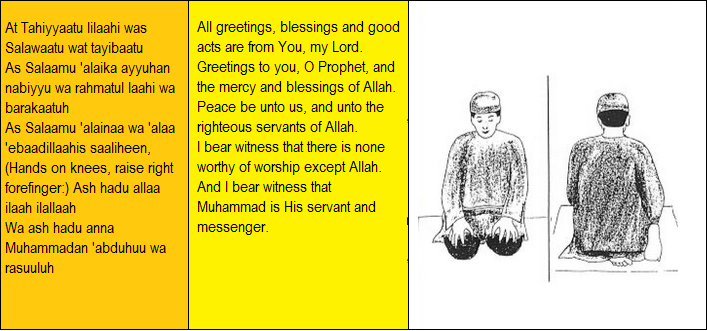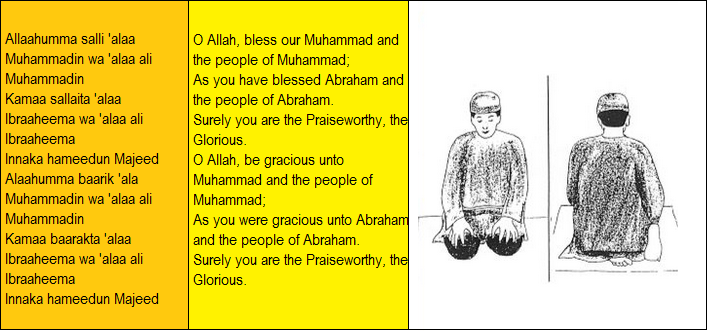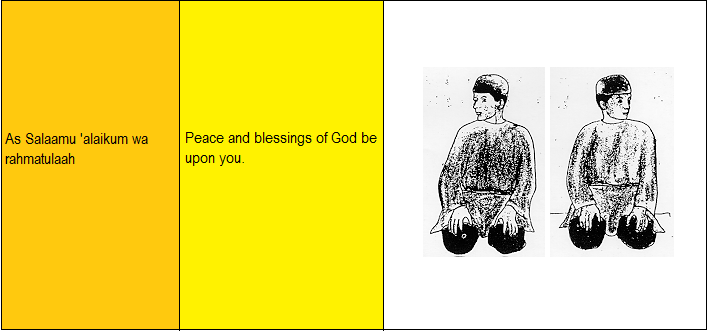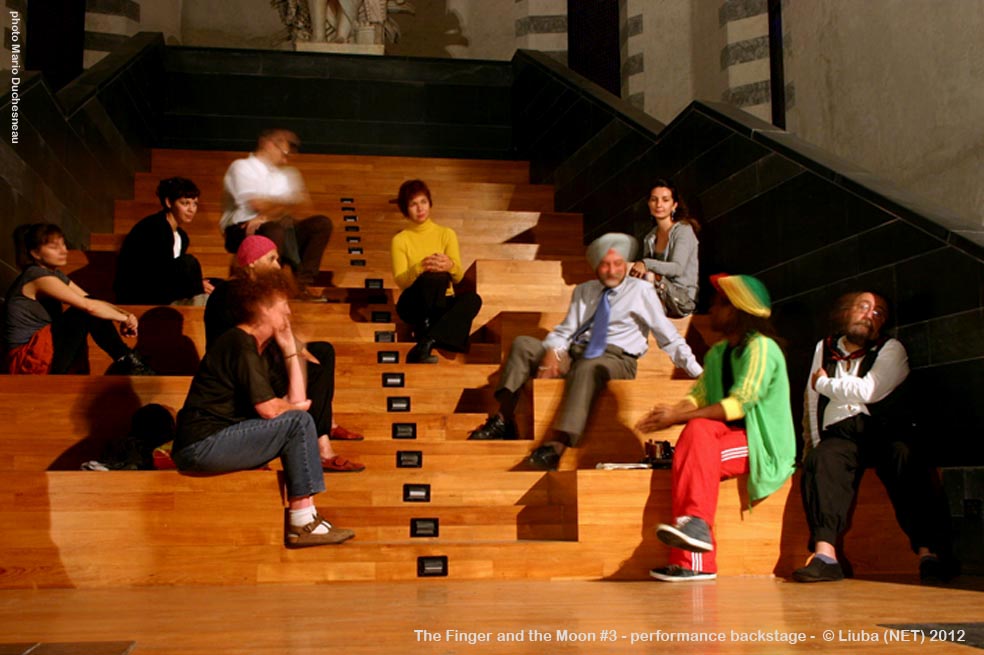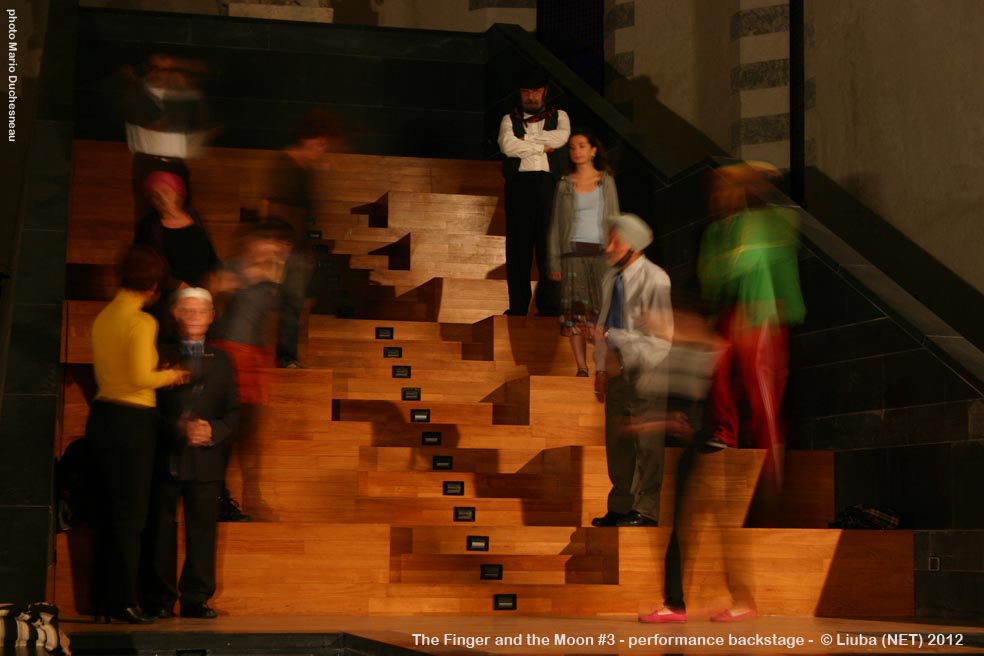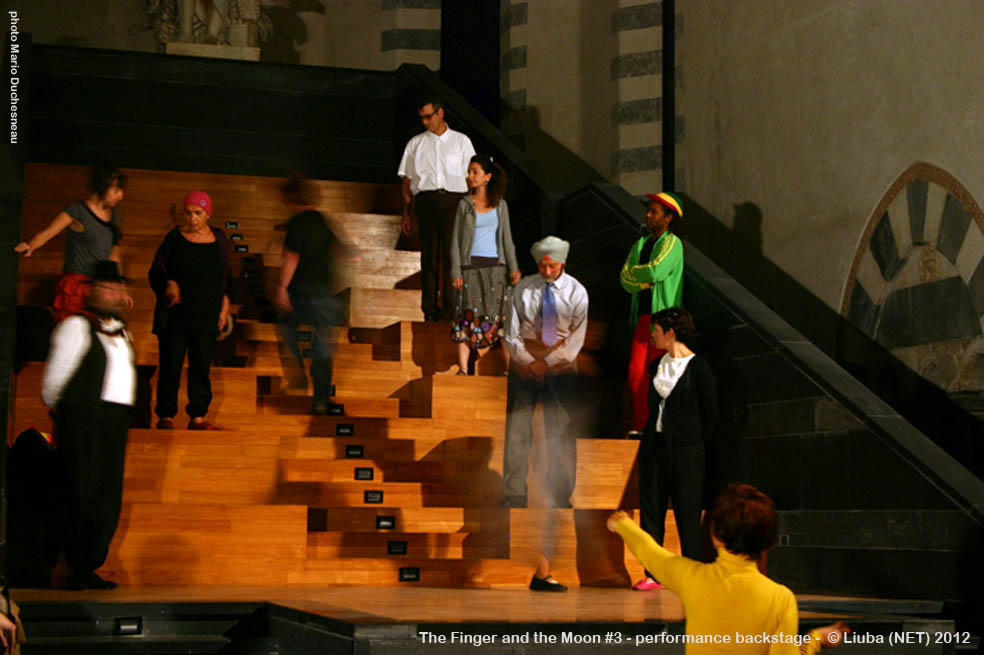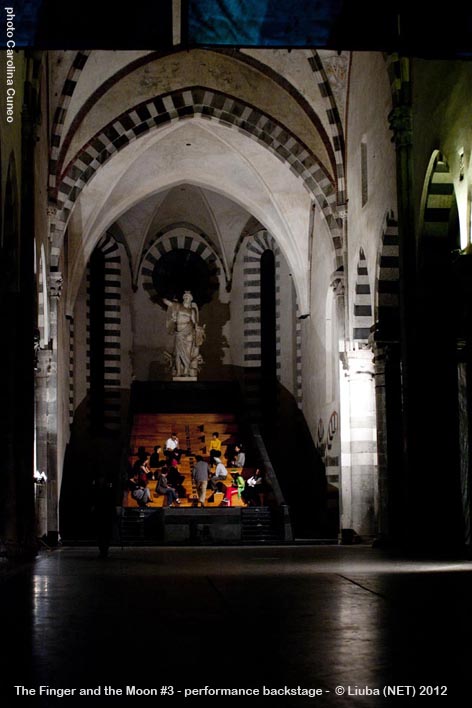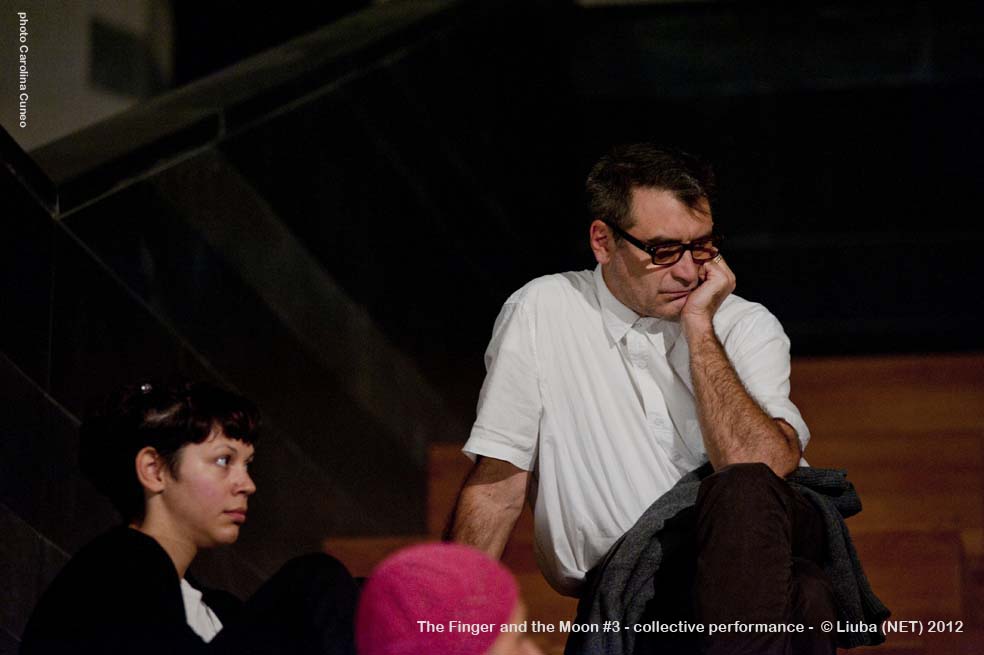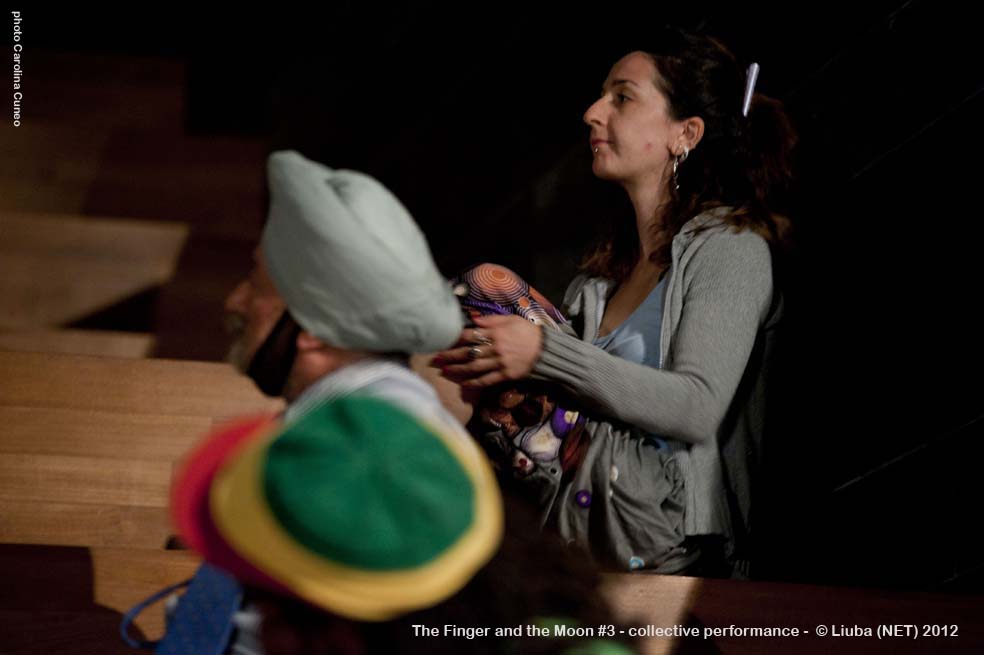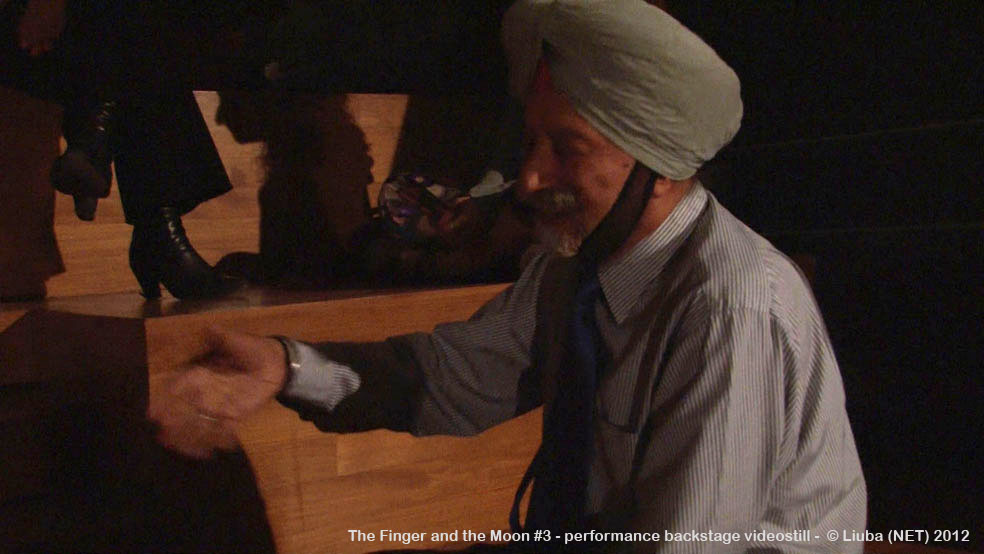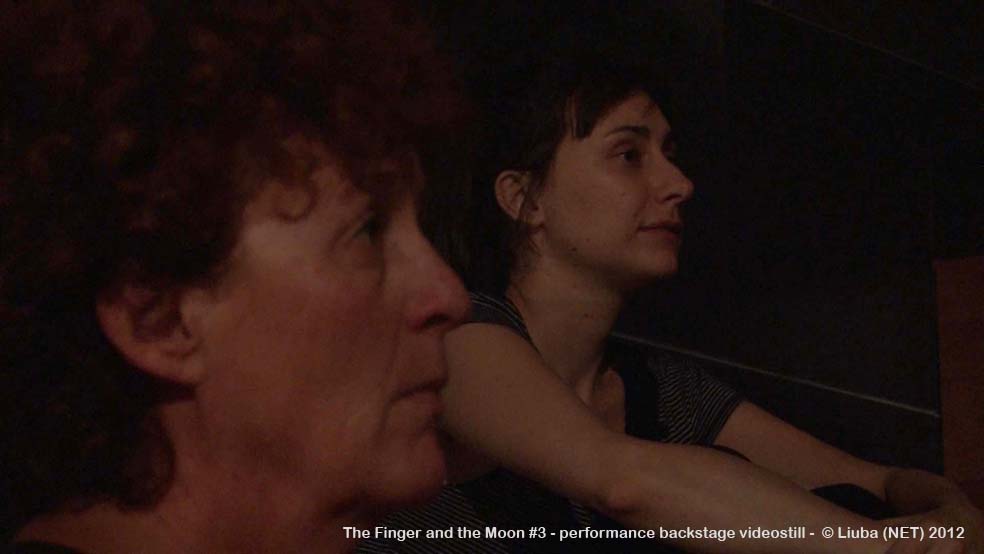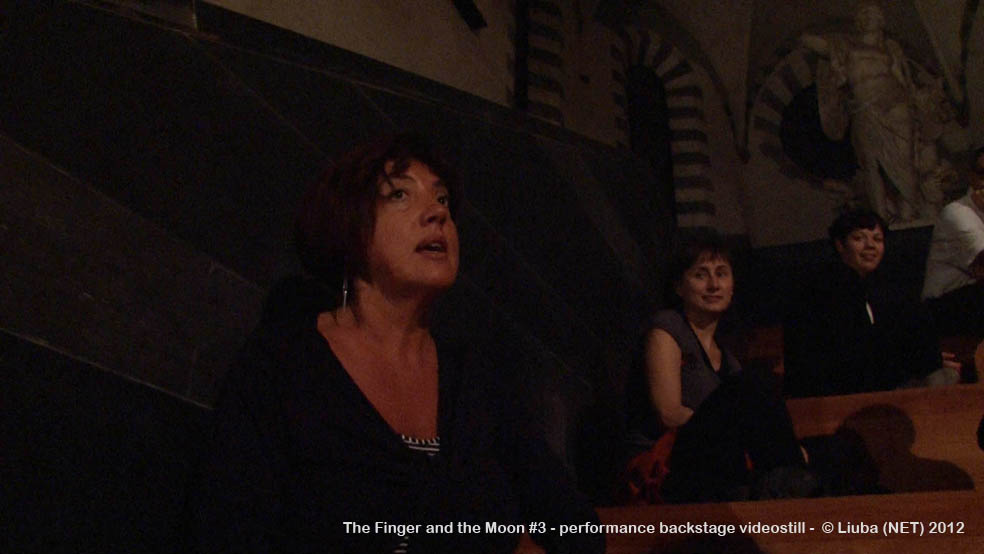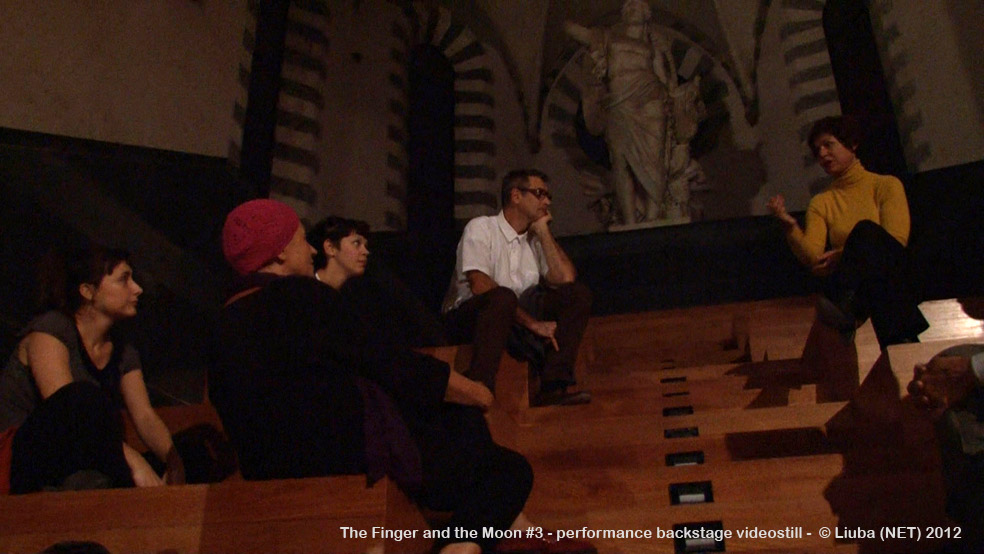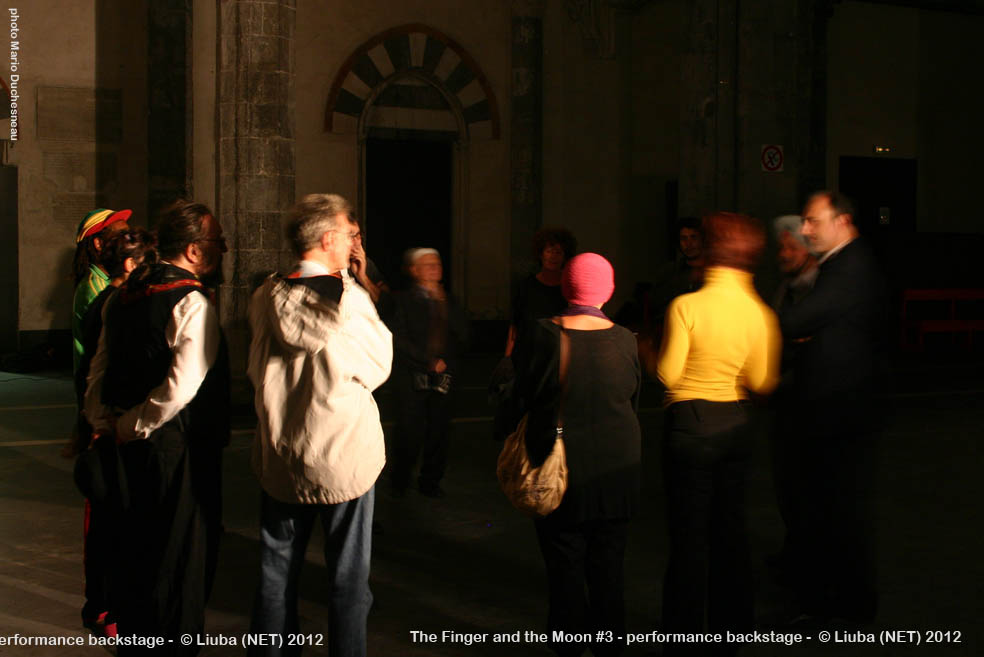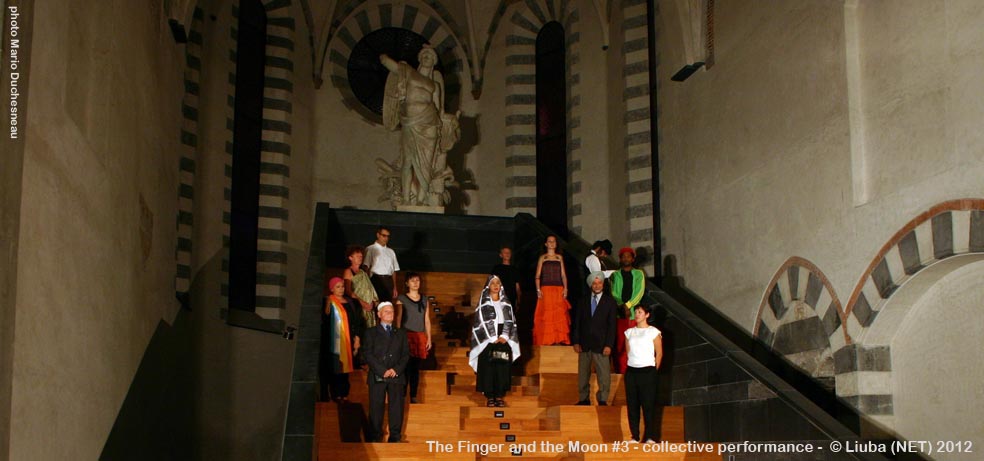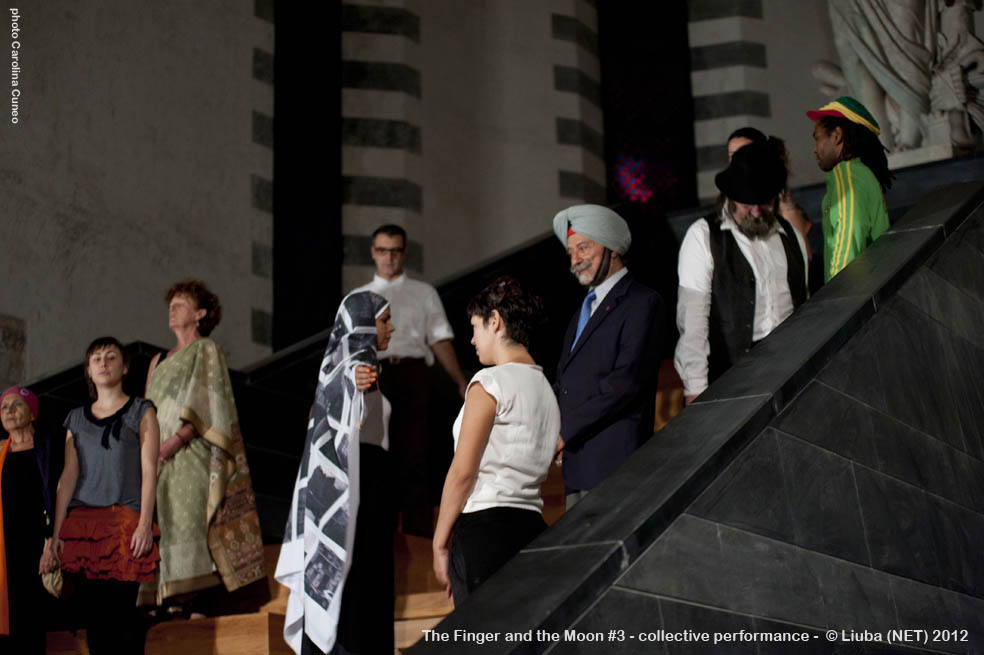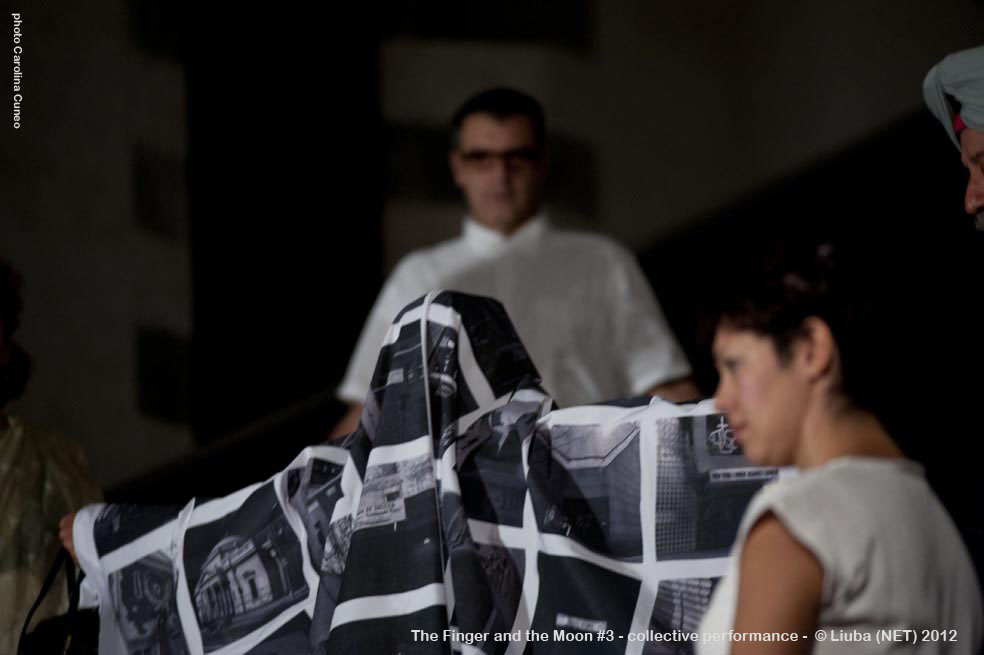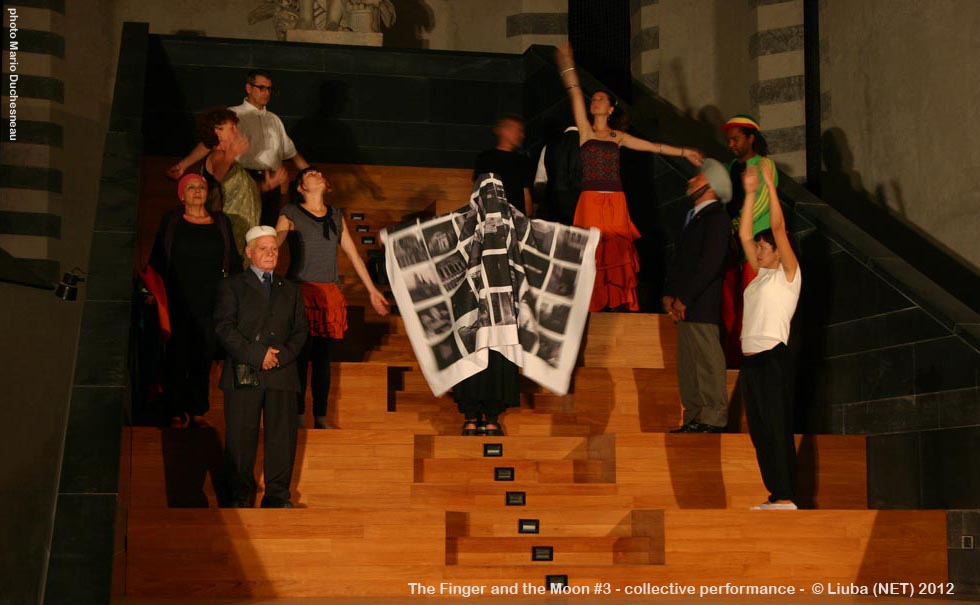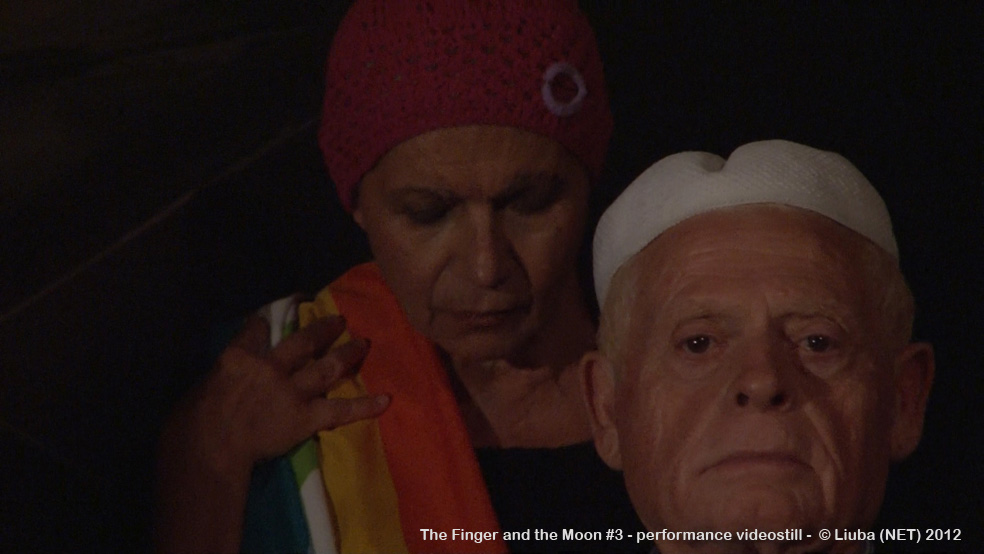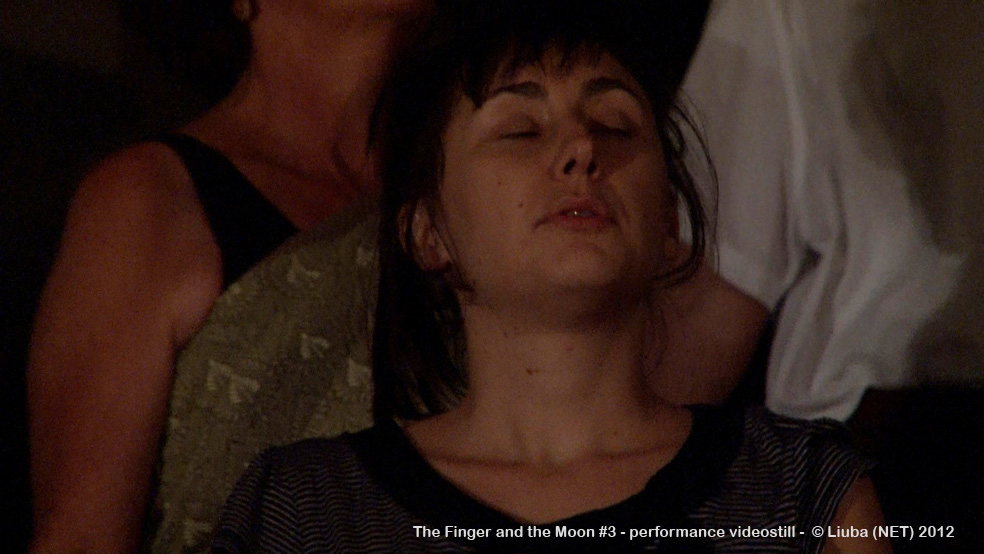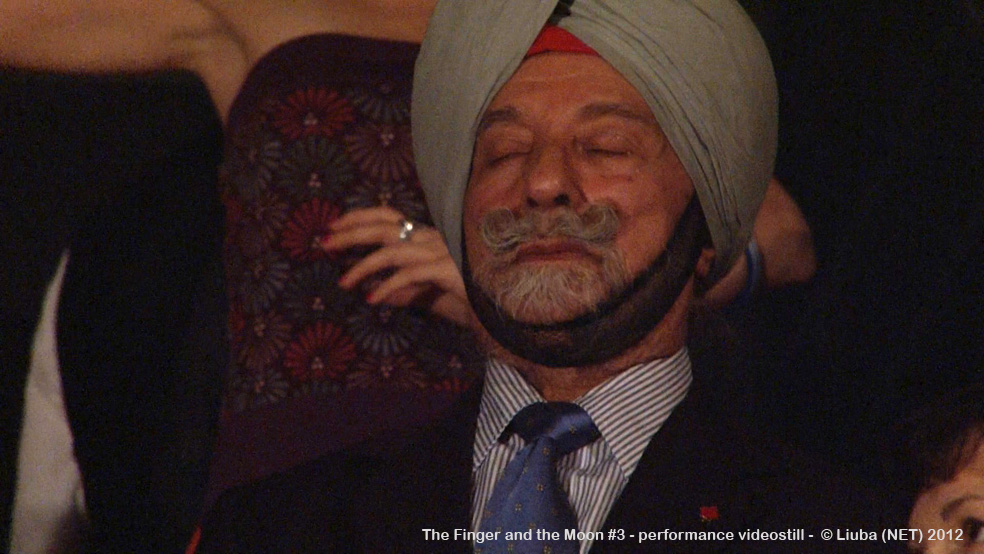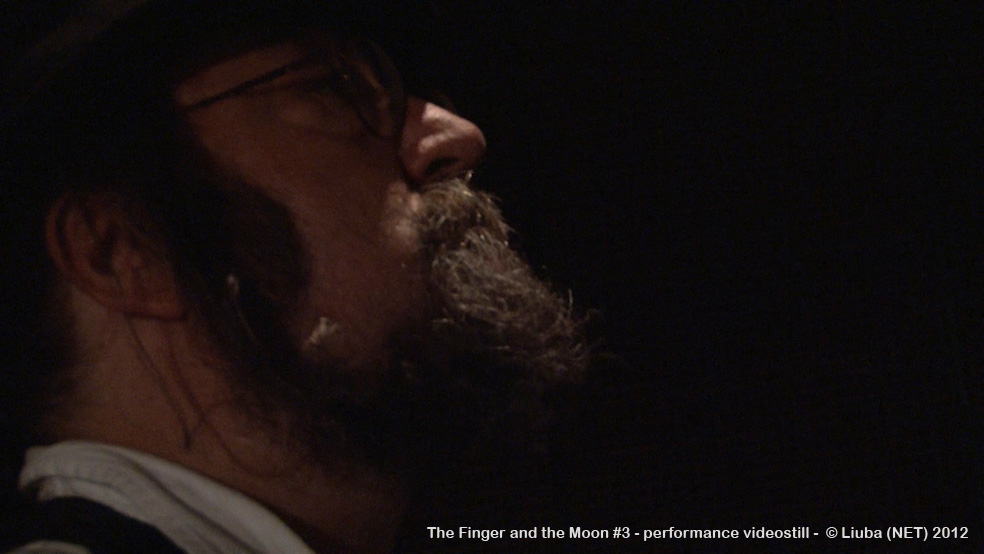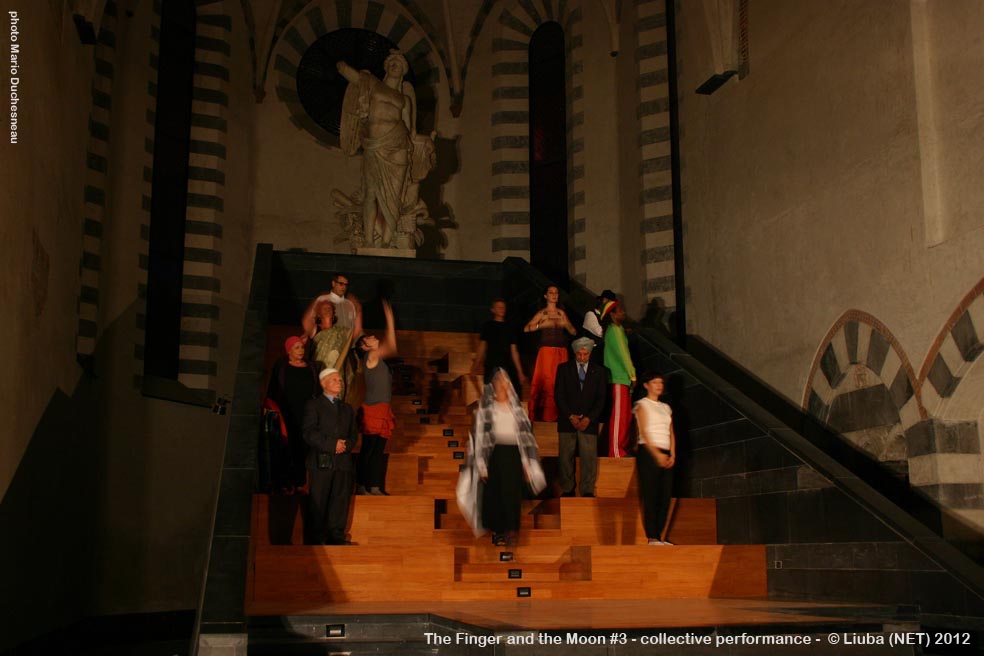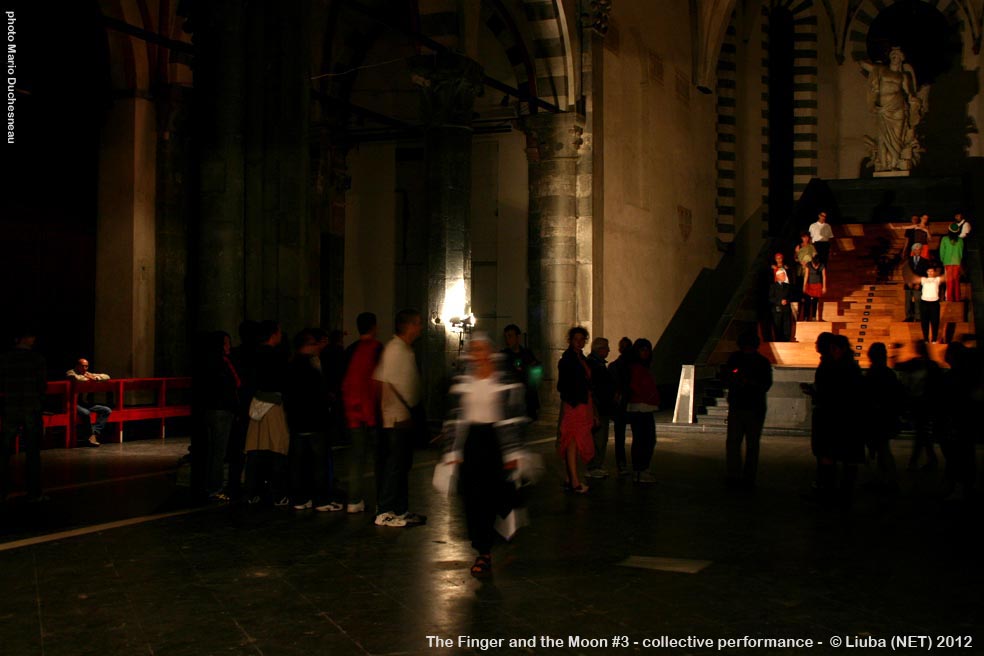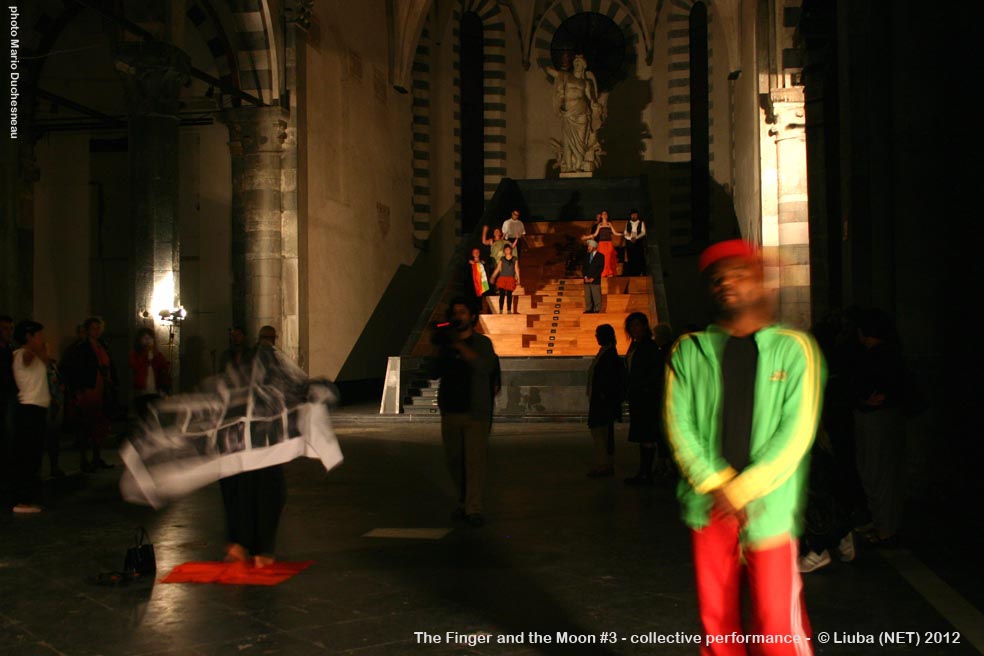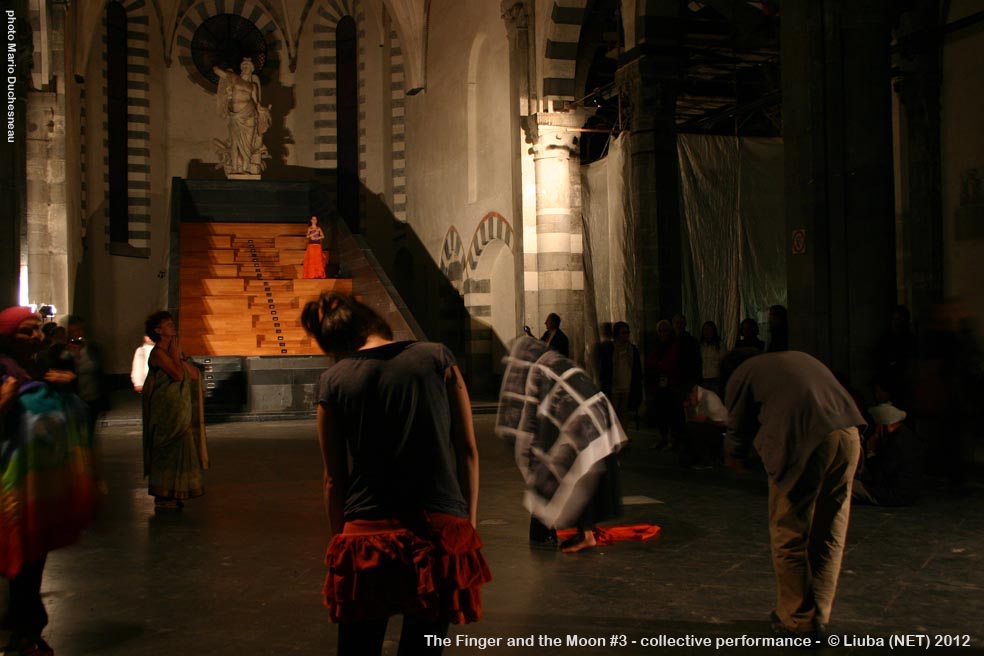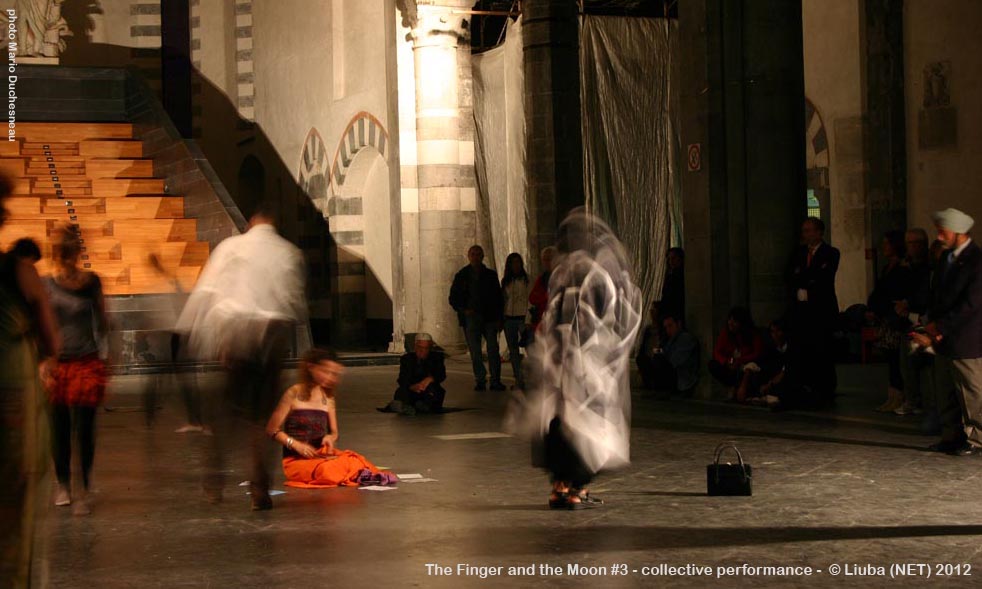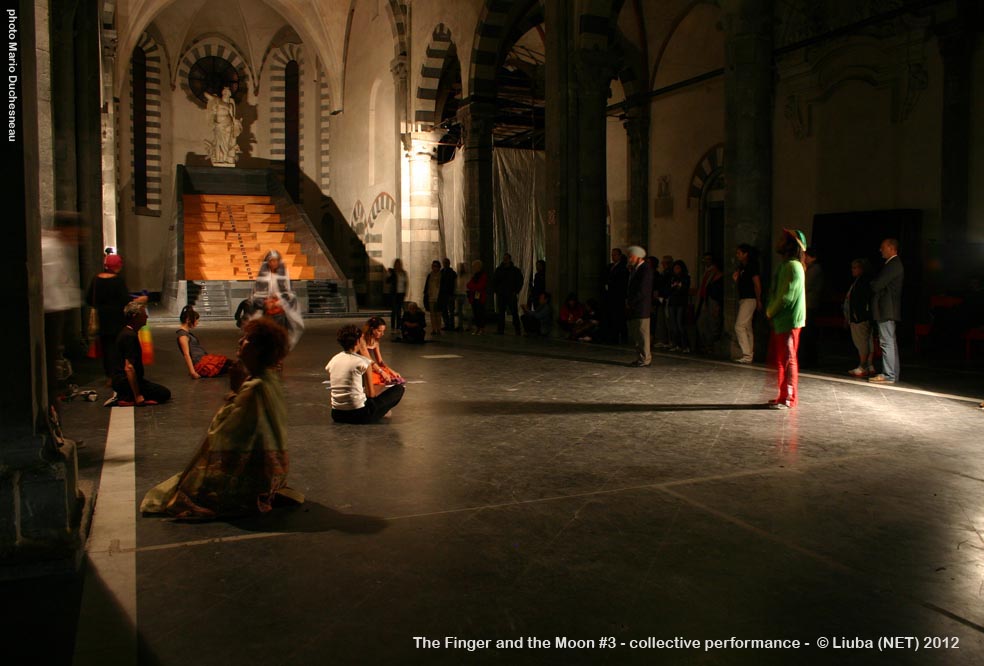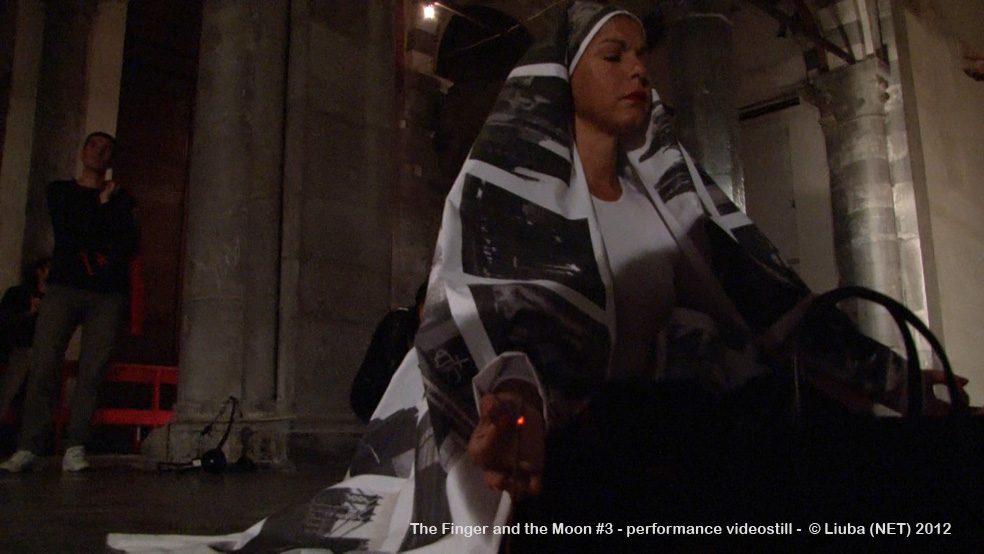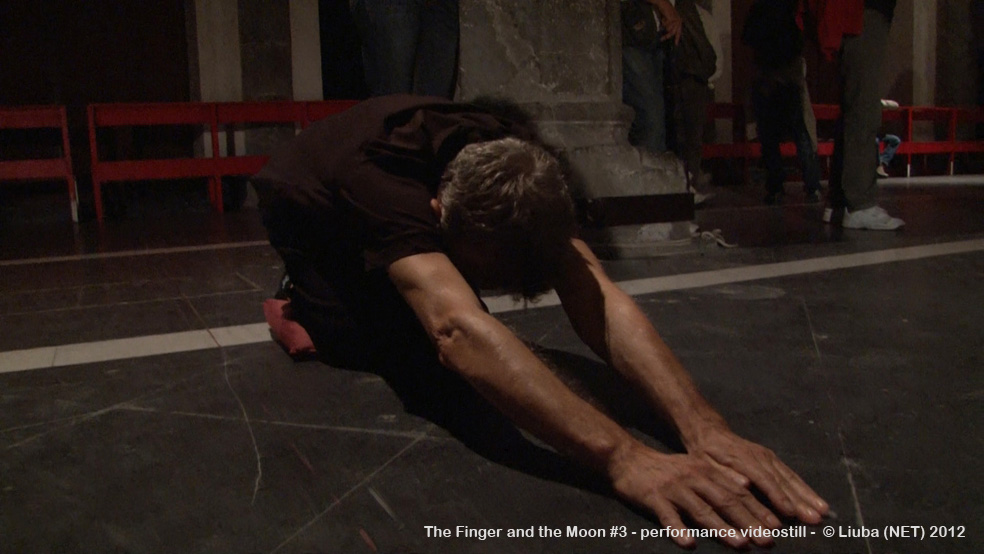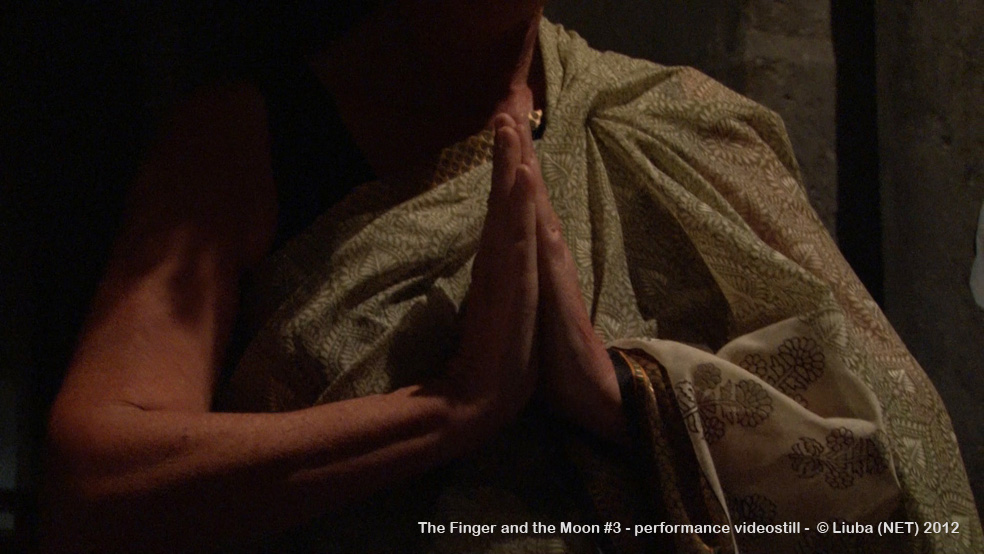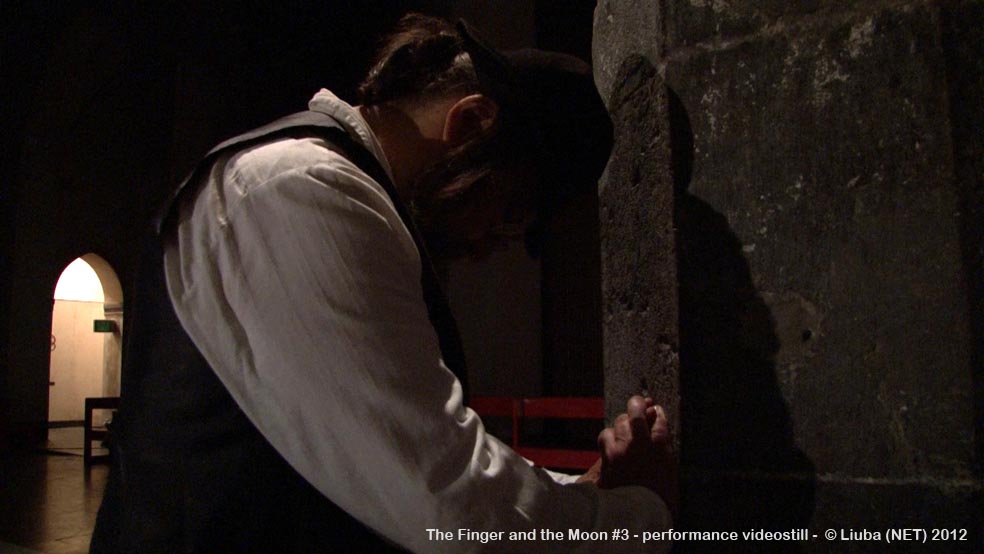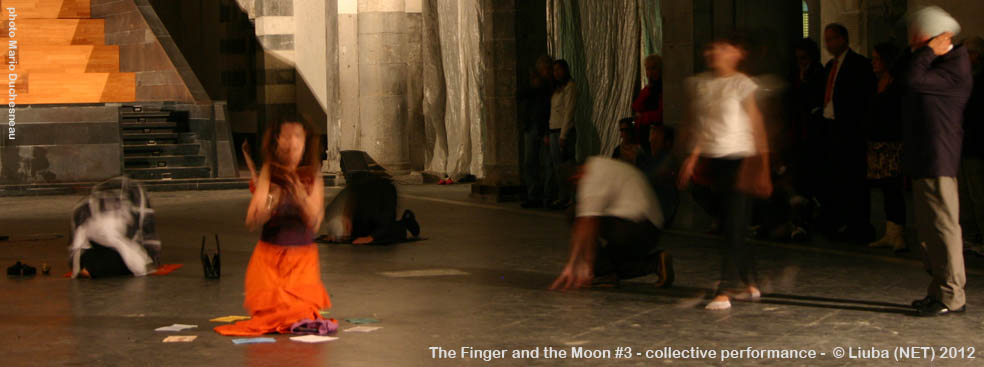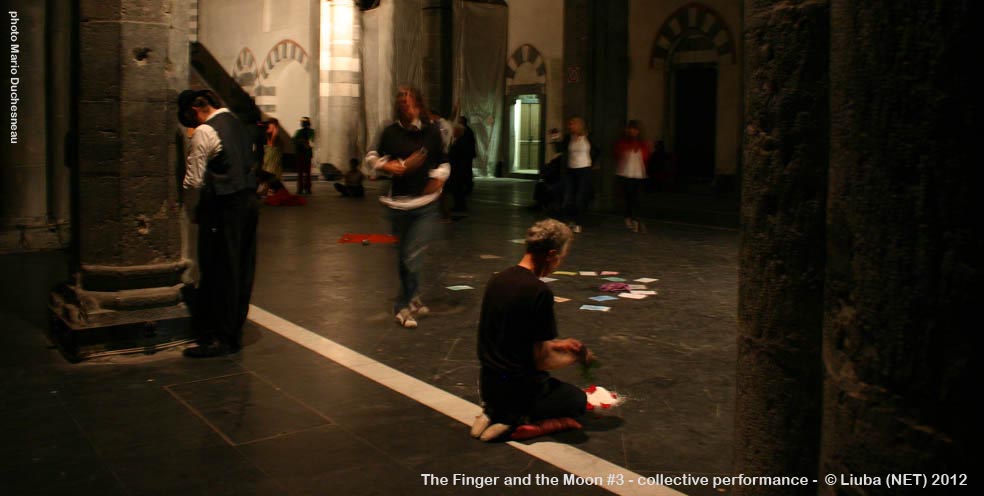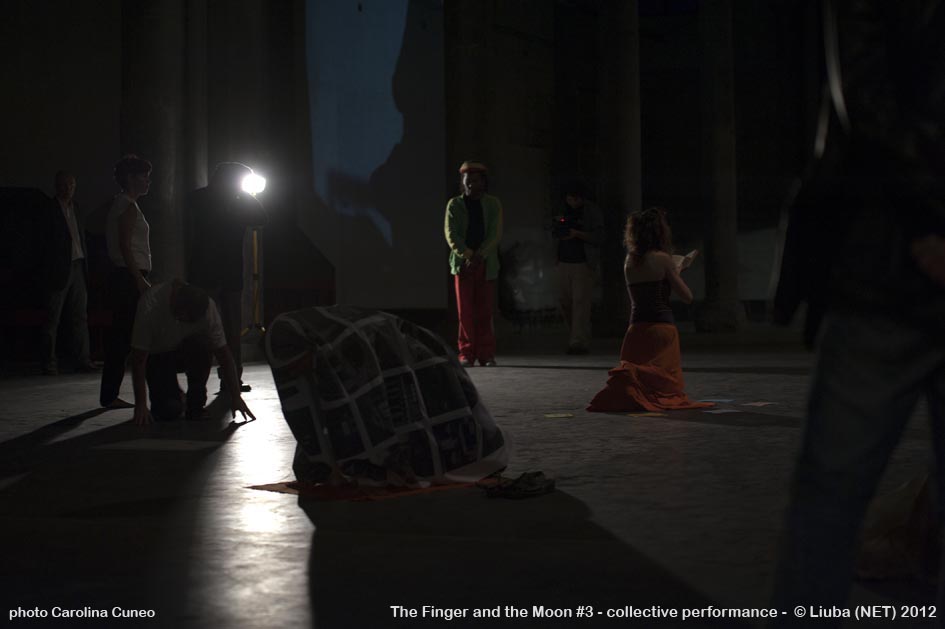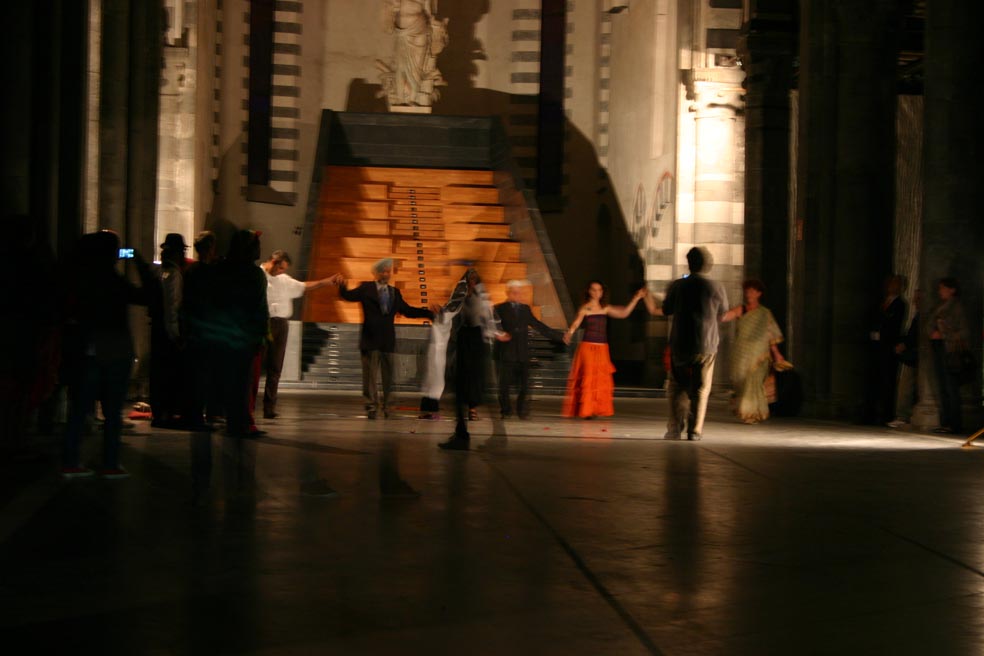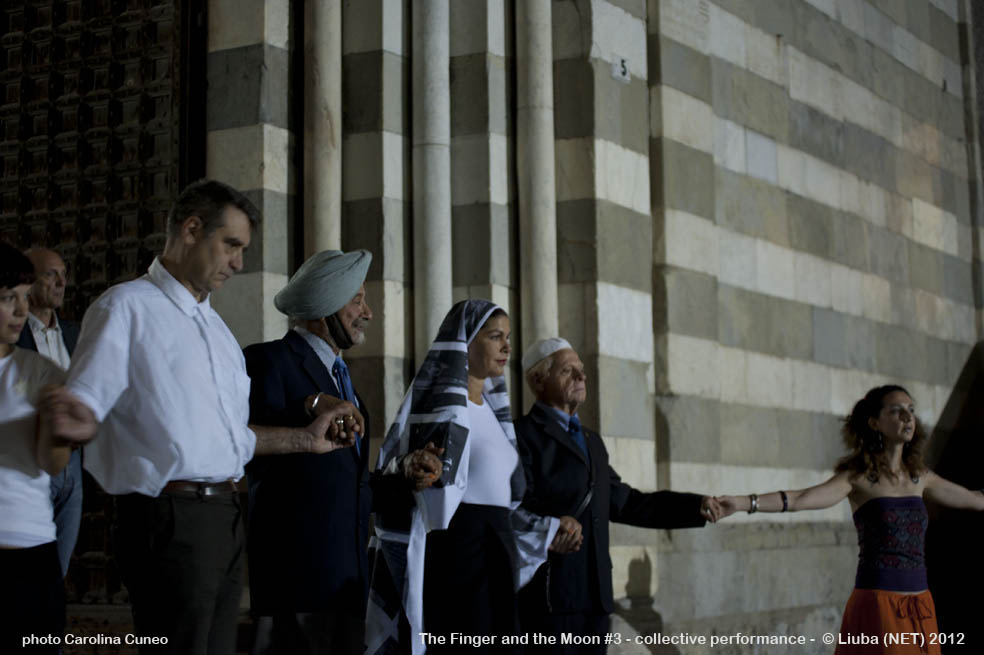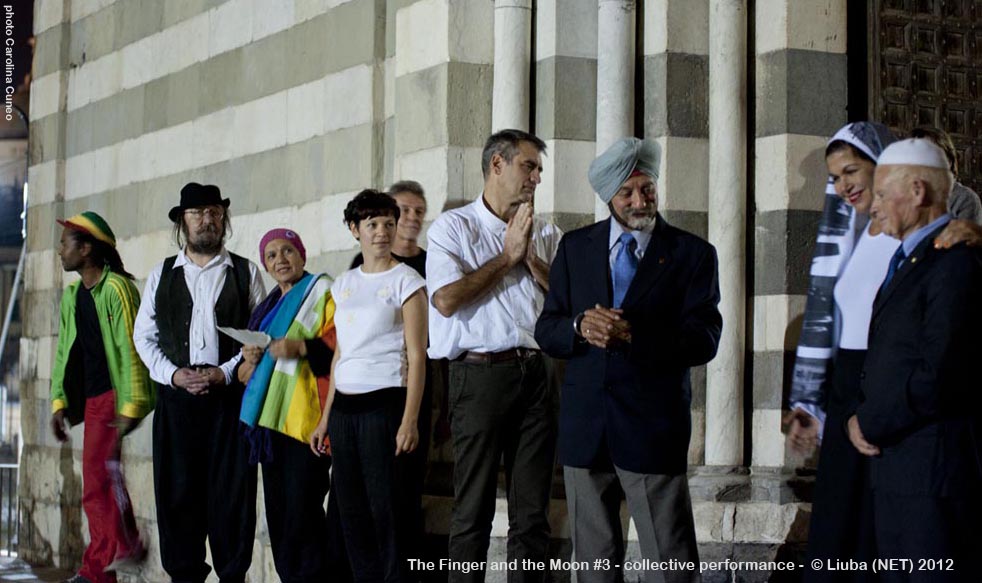Sono musulmane ma non portano il velo, possono avere più partner sessuali e divorziano tranquillamente. Sono le donne nomadi della tribù dei Tuareg, che per secoli hanno attraversato il deserto del Sahara, spesso private dalla sabbia persino della vista.
I Tuareg, nonostante il loro antico modo di vivere per lo più nomadi nel deserto, hanno una cultura estremamente progressista. Le donne possono avere più partner sessuali al di fuori del matrimonio, mantengono tutti i loro beni con il divorzio e sono così venerate dai generi che non osano mangiare nella stessa stanza in cui si trova la suocera. Prima che una donna si sposi, è libera di avere il numero di partner che vuole. Gli uomini Tuareg si intrufolano nelle tende delle giovani passando la notte insieme, mentre la famiglia educatamente fa finta di non accorgersene. Tuttavia, vi è anche un codice di condotta che nessuno deve infrangere. La privacy è importante e l’uomo deve sempre andare via prima dell’alba.
Molti matrimoni finiscono con un divorzio tra i Tuareg. E quando succede, è la moglie che mantiene gli animali e la tenda. È lei che di solito decide che ne ha abbastanza. Questo significa che spesso gli uomini sono costretti a tornare a casa dalle madri, possibilmente solo con il loro cammello e nient’altro. La moglie, nel frattempo, mantiene il possesso di tutto ciò che ha portato al matrimonio, anche dei bambini. Non c’è vergogna nel divorzio. Le famiglie spesso fanno per le figlie una festa di divorzio, lasciando ‘aperta la porta’ per altri uomini.





La Tagelmust, tradizionale copricapo delle popolazioni nomadi del Sahara, soprattutto i Tuaregh, è una lunga striscia in cotone – tra i 3 e gli 8 metri – che i Tuaregh portano avvolta sul capo e attorno al viso.
Questa specie di turbante funge da riparo contro i raggi violenti del sole del deserto e le correnti di sabbia trasportante dal vento, ma è anche un importante simbolo di protezione spirituale: i Tuaregh credono infatti che la Tagelmust debba coprire la bocca per evitare che gli spiriti maligni che abitano il deserto possano utilizzarla come via d’accesso all’anima umana; per questo motivo anche durante i pasti è proibito scoprire la bocca.
Particolare interesse è rivolto alle Tagelmust Indaco dal tono più scuro o intenso, poiché denotano le possibilità economiche di chi la indossa.
La Tagelmust ha moltissimi significati sociali, legati soprattutto al modo di avvolgerla e piegarla sul capo, diversa a seconda del clan, del ruolo che vi si ricopre o addirittura della regione di origine.
